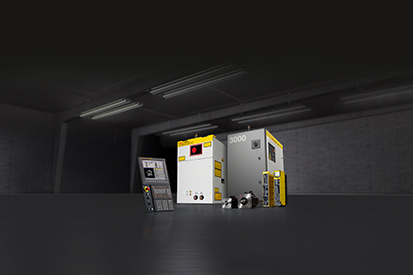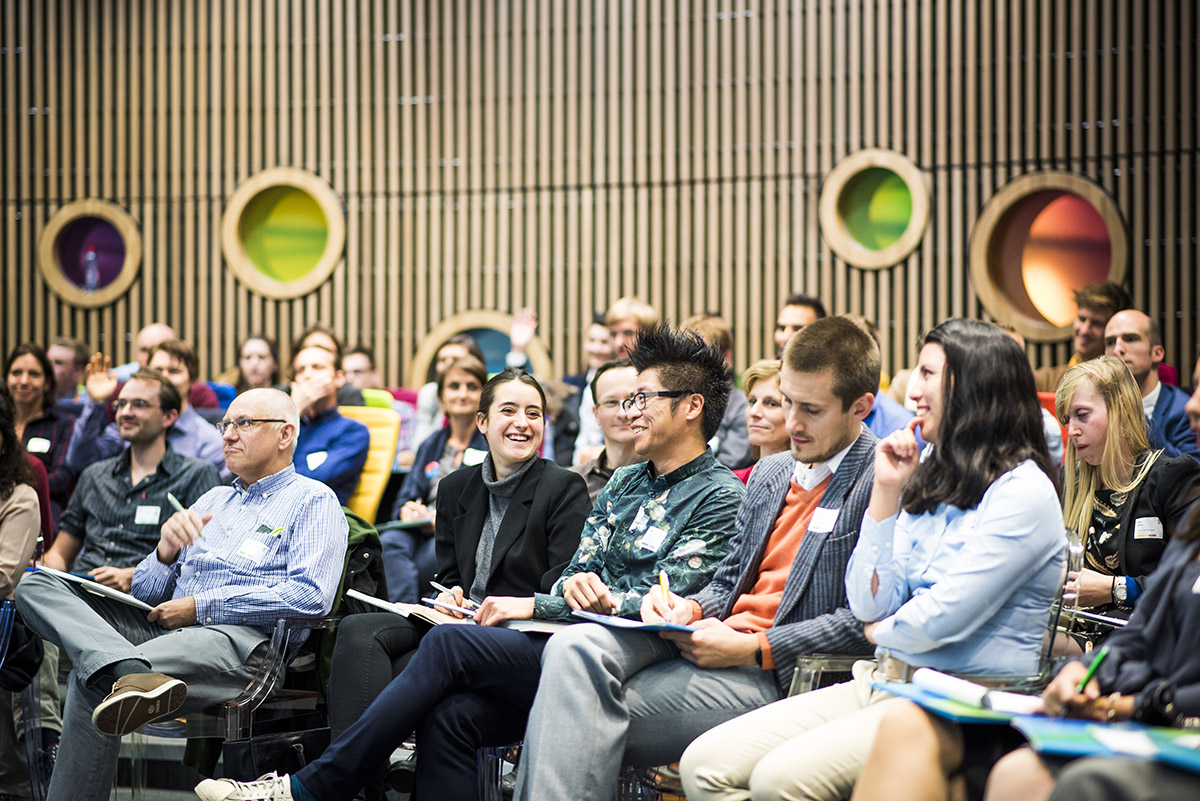FANUC

The yellow road to innovation
TEXT:ARNE ADRIAENSSENS | PHOTOS © FANUC
To top the charts in the field of robotics, you must be innovative and visionary. In its more-than-60-year existence, the automation-giant FANUC has proved it has what it takes to change the production industry. With their constantly improving product line, they welcome companies from all corners of the world into the 21st century.
The Japanese multinational FANUC has been in global pole position in its field for over half a century. By offering more than 100 different robotic arms and a multitude of other, state-of-the-art automation products, they assist thousands of businesses worldwide on their road to success. With regional seats in 108 countries, they combine the advantages of a steady world player and a personal, local business. “We also never stop focusing on the future,” states Paul Ribus, managing director of the company’s Benelux branch, revealing their recipe for success. “We offer our clients factory installations which are ready for tomorrow as well as the day after tomorrow. We work with some of the best engineers in the world who aren’t afraid to think outside of the box and question their own work.”
This eye for detail and hunger for innovation is as old as the company itself. FANUC’s founding in 1956 preceded the automation revolution by over a decade. Long before the so-called ‘industry 3.0’ took over factories worldwide, their headquarters at the foot of Mount Fuji already produced advanced robots. This made them a trustworthy partner for the early believers of industrial automation.
Futureproof
Today, the automation industry is once again on the brink of a new era. Industry 4.0 will soon kick in and traditional robots will have to make room for smart, interconnected automation technology. FANUC already offers these advanced technologies today. “Our clients want to have access to production and performance statistics at all times and places,” Ribus explains. “By connecting all FANUC products to a local network and collecting their data on a central server, we can present real-time data on a modern and clear interface to our users. Our main purpose is to create easy-to-use software that, nonetheless, is equipped with many advanced functions. Operators can use these displays to control the production line and tackle problems as soon as – or even before – they occur.”
The software even helps you construct the most economical maintenance planning based on the rhythm of the production, the productivity of it and the machine health. This reduces the downtime of the factory to an absolute minimum, letting the investment in this digitalisation pay itself back in no time.
Of course, the future of robotics is not built on software alone. The installations themselves must constantly improve too in order to remain futureproof. “We never settle with what we have. We keep redesigning our robots to make them faster, stronger and more intelligent. Their energy usage is already very low today, yet, we continue making them even more sustainable. Of course, we also aim to reduce our production costs. This way, we offer high-end machines for a very competitive price.” FANUC’s most powerful model, the M2000, is a great example of what the robot manufacturer is capable of. The mechanical arm can easily lift up to 2,300 kilogrammes. That is more than the weight of an SUV.
For non-engineers
Yet, FANUC is not just a supplier for big multinationals. More and more medium-sized and small companies invest in automation technology to strengthen their position in the market and compete with the big players in the field. “Smart robotics will enable smaller firms to explore its possibilities. The comprehensible interface on which our users see the data extracted from the machines is easier than ever. Even non-engineers are able to use, interpret and program them. This way, start-ups and small businesses can invest in robotics without having to enlarge their budget for human resources as well.”
That does not mean that the introduction of robotics in a firm automatically jeopardises the jobs of its workers. “In many cases, our products even create new openings,” Ribus explains. “In most cases, robots don’t replace workers but help them do their job better and more effectively. This will stimulate the growth of the company which, in the end, will create new functions to be filled in.”
Subscribe to Our Newsletter
Receive our monthly newsletter by email




